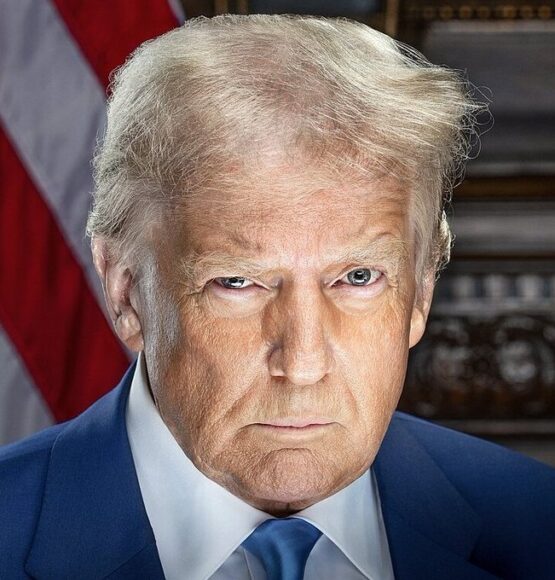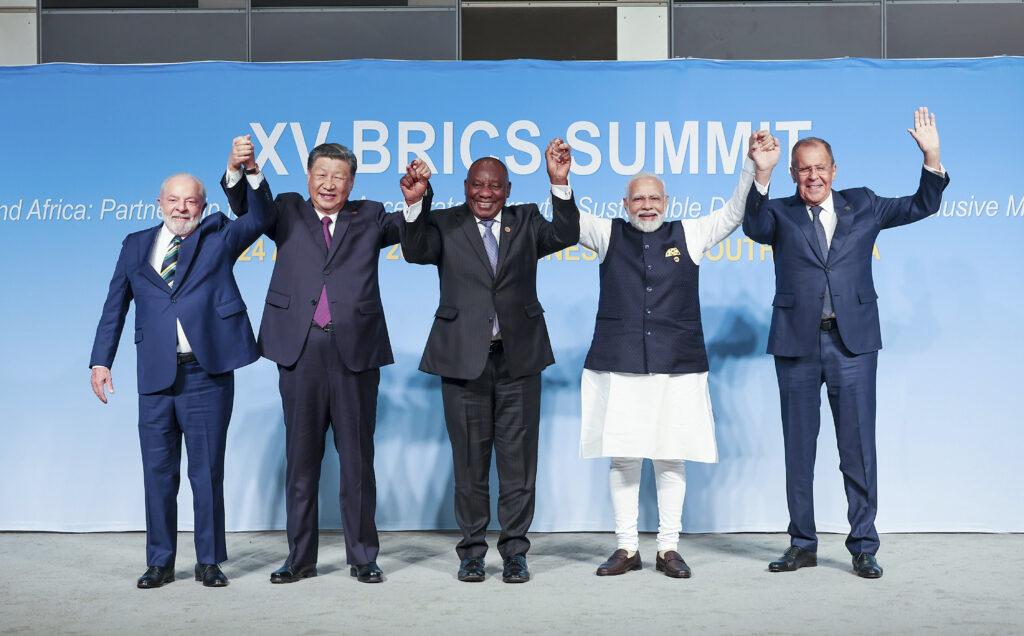In a bold and controversial move that could reshape global trade dynamics, former U.S. President and Republican frontrunner Donald J. Trump has threatened to impose an additional 10% tariff on all imports from countries that align themselves with the BRICS bloc—an economic alliance comprising Brazil, Russia, India, China, South Africa, and its newer members like Iran, Egypt, Ethiopia, and the United Arab Emirates.

The Tariff Threat: A Political Power Play
Speaking at a campaign rally in Ohio, Trump declared,
This statement comes amid growing concern in Washington over the expanding influence of BRICS, which is increasingly seen as a rival to Western-led institutions like the G7 and the International Monetary Fund. The group has been actively promoting de-dollarization, alternative trade systems, and closer South-South cooperation—moves that threaten America’s economic dominance.
A Shift in Global Alliances
BRICS has evolved from a loose economic group into a strategic alliance with significant geopolitical weight. The expansion of BRICS in 2024 was a turning point, drawing interest from more than 40 countries looking to join or align with the bloc. These include key U.S. allies and trade partners in Latin America, Africa, and Asia.
Trump’s tariff threat appears aimed at deterring countries from further embracing the BRICS-led alternative world order. Analysts suggest that his proposal could significantly disrupt global supply chains and fuel tensions with emerging economies.
International Reaction: Pushback and Caution
The response from the international community has been swift:
India, a key member of BRICS and a U.S. partner in the Indo-Pacific, issued a cautious statement saying it will evaluate its economic interests “independently and strategically.”

Brazil rejected the threat, with President Lula da Silva saying,
European Union officials expressed concern that such a unilateral tariff could violate WTO rules and deepen global trade divisions.
U.S. Business and Domestic Reactions
Within the U.S., the proposed tariffs have sparked debate among economists, business leaders, and lawmakers.
The U.S. Chamber of Commerce warned that a blanket tariff could hurt American consumers by raising prices on imported goods.
Economists noted that the move could backfire by accelerating the very trend it seeks to halt—countries distancing themselves from the dollar and forging new trade routes.
Some Republican lawmakers have voiced support, arguing that it’s time for the U.S. to “punish economic disloyalty.
Economic and Strategic Implications
If implemented, the tariffs could:
Increase inflationary pressures in the U.S. by raising the cost of imported goods.
Drive further BRICS cohesion as nations look to shield themselves from U.S. economic pressure.
Accelerate the development of BRICS’s proposed common currency, designed to challenge the dominance of the U.S. dollar in international trade.
Conclusion
Trump’s threat to slap a 10% tariff on nations siding with BRICS marks a dramatic escalation in the emerging East vs. West economic divide. While aimed at defending American interests, the strategy risks isolating the U.S. from a rapidly evolving global order. As Trump continues to gain momentum in his presidential campaign, the world watches closely—aware that his rhetoric could soon turn into policy.
